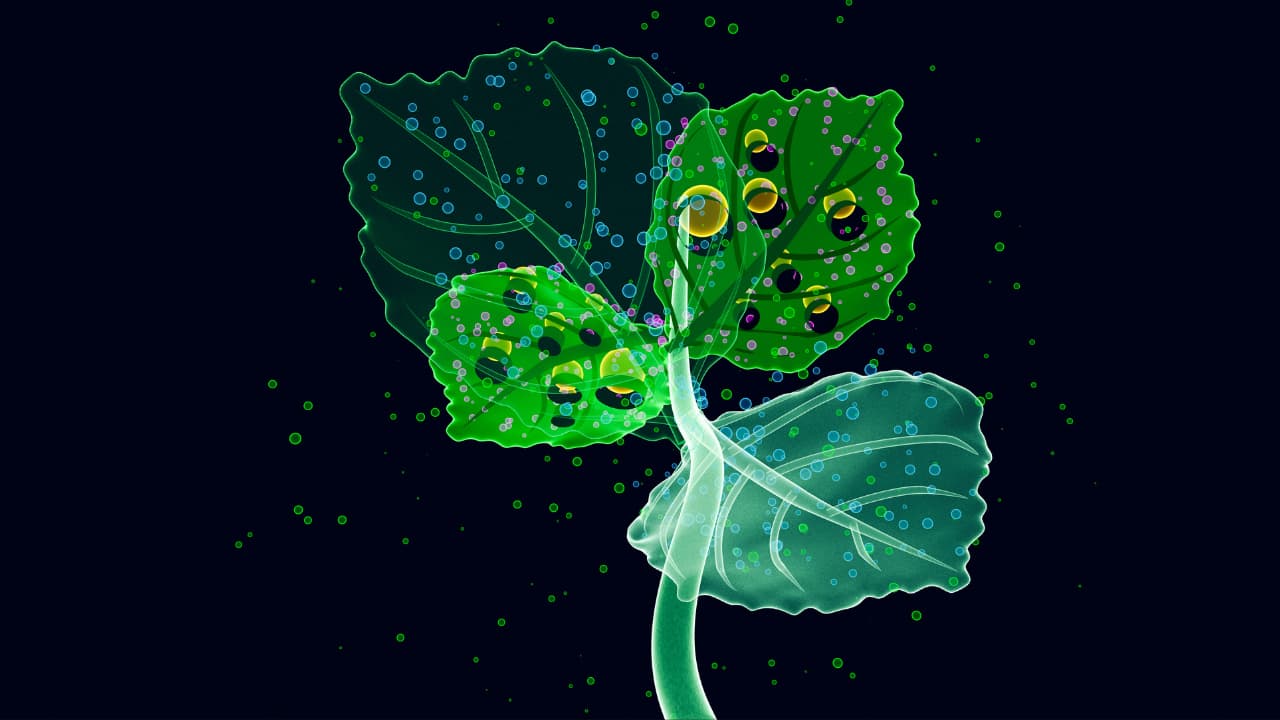New research reveals a surprising trend: land photosynthesis is increasing, while ocean photosynthesis declines. Explore the implications for climate change, marine life, and the future of our planet.
A new scientific study shows that plants on land have been absorbing more carbon from the air since 2003. This can be seen as a positive trend for the planet. However, the ocean is struggling with photosynthesis, mainly because of tiny marine algae called phytoplankton. Published on August 1 in Nature Climate Change, the research gives us a better understanding of how Earth’s ecosystems are changing and what that means for climate change and the health of our planet.
What is Photosynthesis and Why Does It Matter?
Photosynthesis is the process where plants absorb sunlight to turn carbon dioxide from the atmosphere into food. This is not just food for the plants but they also store carbon, which is essential in fighting climate change.
Primary producers are the organisms that do photosynthesis and form the base of the food chain. They’re responsible for feeding almost all life on Earth. But just like animals, they also release some of that carbon back into the atmosphere through a process similar to breathing, called autotrophic respiration.
The carbon stored by these organisms after releasing some of it is called net primary production (NPP). It is used to measure how much energy is being captured by life on Earth and made available to support other organisms.
What Did the Study Look At?
Previous studies often looked at either land or ocean ecosystems separately. But this research by Yulong Zhang and his team aimed to combine both to get a full picture of global photosynthesis trends from 2003 to 2021.
The scientists tracked changes in NPP in land and ocean using satellite data and computer models. They used six different satellite datasets (three for land and three for ocean) to measure greenness of the plants and other factors like temperature, light, and nutrients.
Image Credit: Duke/ Nicholas School of the Environment
Key Findings
The observations from the study were interesting. Photosynthesis on land increased significantly between 2003 and 2021. Plants absorbed more carbon, about 0.2 billion metric tonnes more per year. This growth was more significant in cooler regions like parts of Canada, Russia, and Europe. Wetter conditions in some areas also contributed, along with forest expansion and intensified farming. Meanwhile, ocean photosynthesis dropped by about 0.1 billion metric tonnes of carbon per year. This decline was most noticeable in tropical and subtropical areas, especially the Pacific Ocean.
The researchers then combined the data to understand the overall increase in photosynthesis. The results showed an increase of 0.1 billion metric tonnes of carbon per year, thanks to land photosynthesis gains outweighing the ocean’s losses.
What’s Causing These Changes?
The research team looked at various factors that caused these changes like light, temperature, rainfall, and ocean mixing. On land, warmer temperatures in regions close to the poles helped plants grow more. Some areas also got more rain, which supported more vegetation.
In the oceans, warmer surface water is bad for phytoplankton. Hotter water creates layers that don’t mix well, blocking nutrients from rising to the surface. Without these nutrients, algae can’t thrive.
Interestingly, while land drives the long-term increase in global photosynthesis, the ocean is more sensitive to short-term climate events like El Niño and La Niña. These events can dramatically change water temperatures and nutrient flow in the ocean, affecting how much phytoplankton can grow from year to year.
Why Does This Matter?
The implications are both good and bad. While the increase in photosynthesis on land might help slow down climate change for now, the ocean’s decline in photosynthesis could result in a threat to the marine life. This could disturb the biodiversity and even local economies that rely on fishing.
“Whether the decline in ocean primary production will continue — and how long and to what extent increases on land can make up for those losses — remains a key unanswered question with major implications for gauging the health of all living things, and for guiding climate change mitigation,” lead author Yulong Zhang said. “Long-term, coordinated monitoring of both land and ocean ecosystems as integrated components of Earth is essential.”
The study highlights the need for long-term global monitoring of both land and ocean ecosystems. Changes in photosynthesis affect everything from climate stability to food security and biodiversity.
